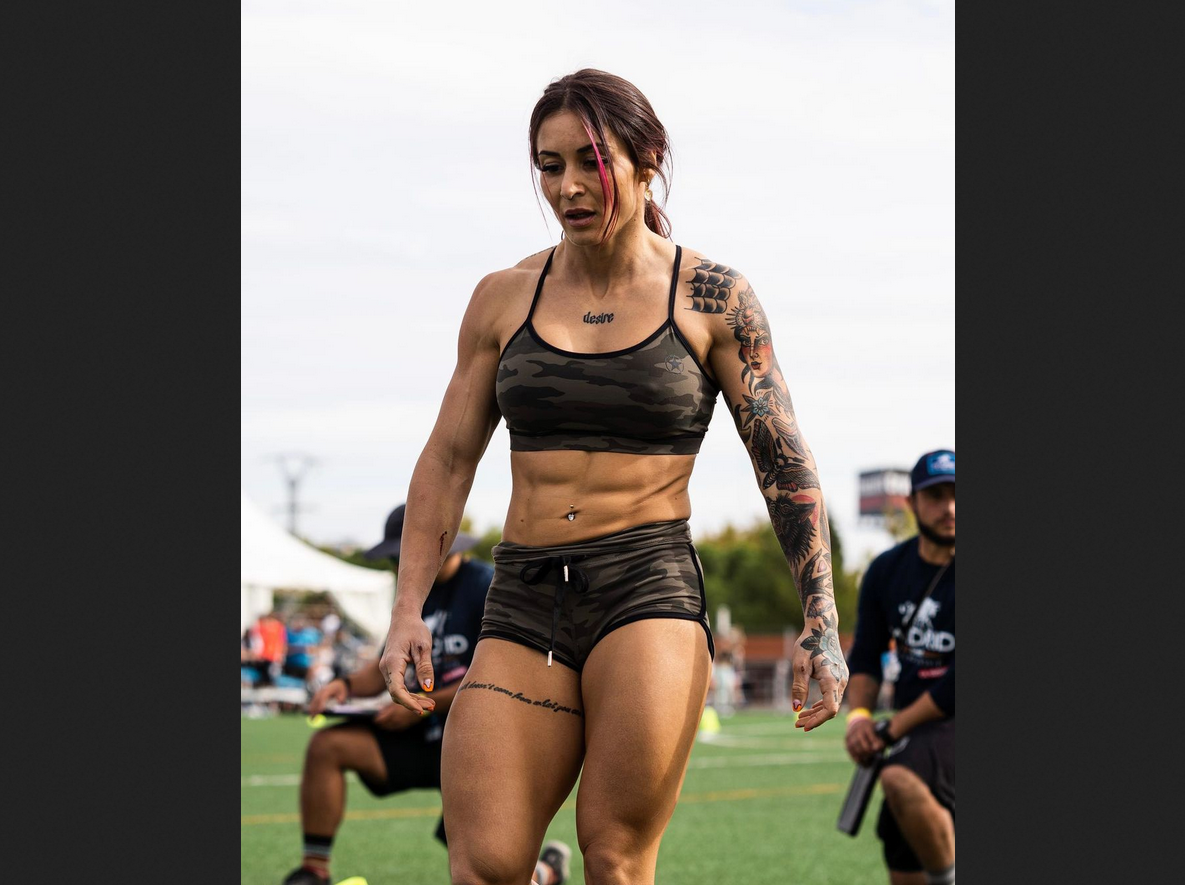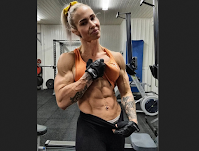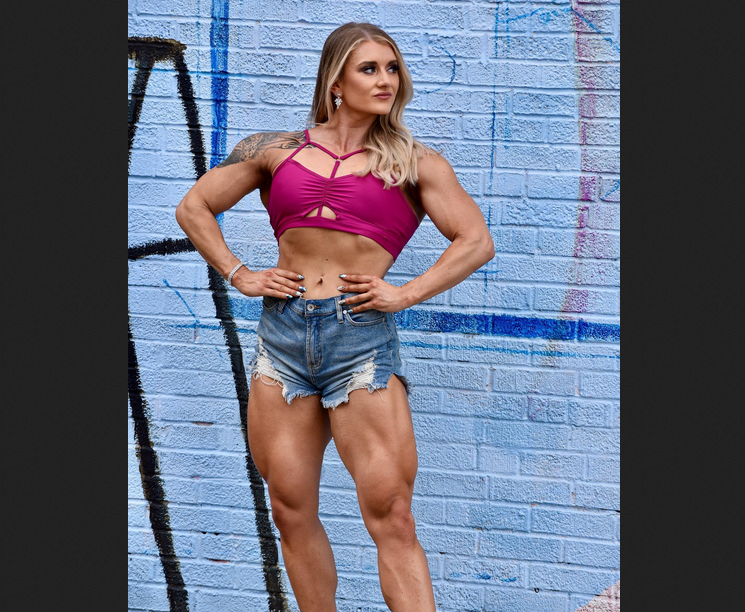👉 Understanding Exercise-Induced Muscle Soreness (Part 1)
Understanding Exercise-Induced Muscle Soreness (Part 2) :
Despite the associated discomfort, DOMS is often regarded as a necessary
part of exercise. For many, being sore creates the feeling that
something's "happening" to their body-that they really accomplished
something during their workout. And, on the surface, DOMS would seem to
play at least some role in generating a training effect. Since DOMS is
related to muscle damage and muscle damage is believed to initiate the
growth process, it should therefore follow that DOMS promotes muscular
development. Makes sense, right?
The truth is, however, DOMS is
not a prerequisite for muscular strength or hypertrophy. Some of the
biggest bodybuilders in the world never get sore following a workout,
yet proceed to grow bigger every year; world-class powerlifters
regularly increase the amount of their lifts without a hint of muscular
soreness; and most advanced trainees continue to make fine progress in
the absence of any appreciable DOMS. Studies on concentric training
firmly support these observations. Research shows that concentric-only
exercise results in significant increases in lean muscle tissue . Why is
this relevant? Well, given the fact that DOMS is induced mainly from
eccentric, not concentric, training, the natural conclusion is that
soreness doesn't necessarily equate with progress.
But the human body is a very adaptive organism. It readily adjusts to the rigors of intense exercise-even after only a single bout of training . The muscles, connective tissue and the immune system become increasingly efficient in dealing with fiber-related damage. Various physiologic and structural adaptations take place that gradually attenuates any post-exercise effects. Generally speaking, the more that you participate in regular exercise, the greater your resistance to muscle soreness.
👉 Understanding Exercise-Induced Muscle Soreness (Part 3)



































No comments:
Post a Comment